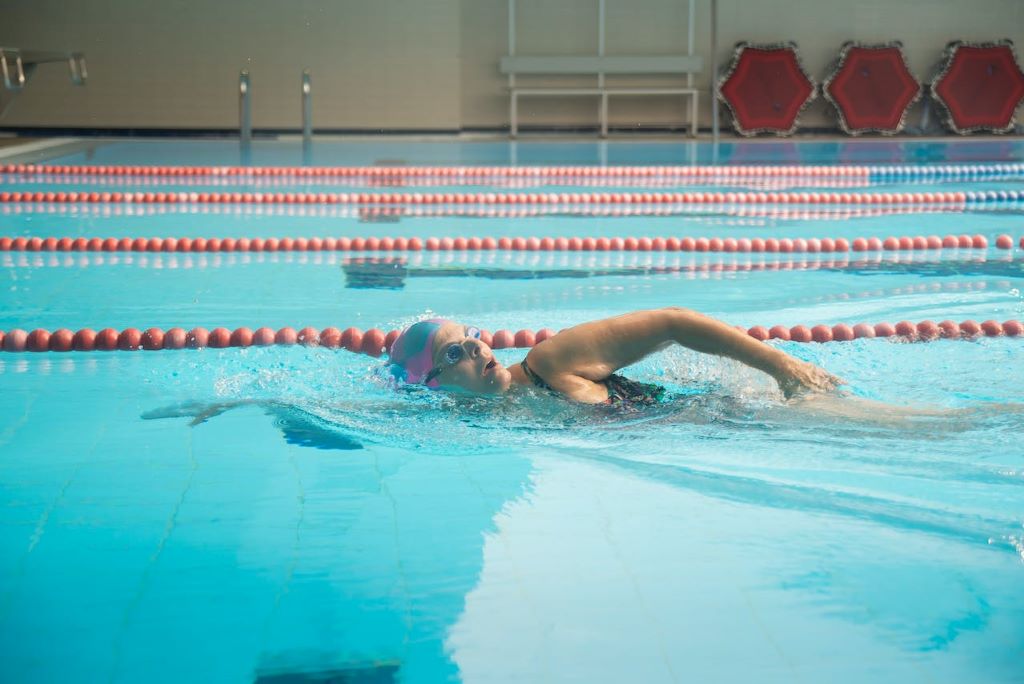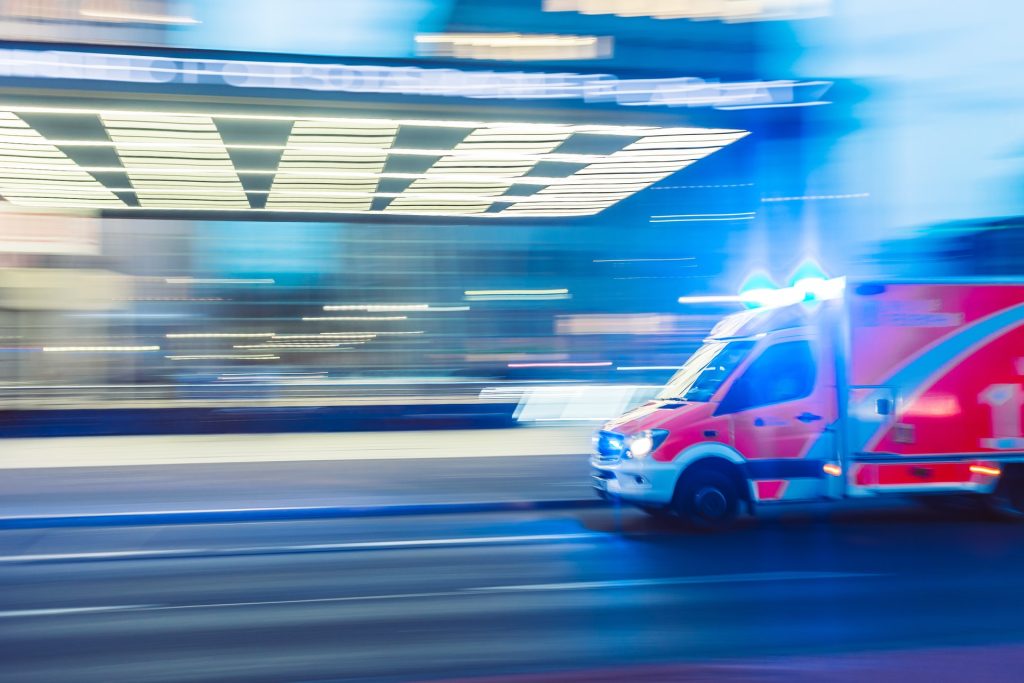CPR with Breaths Essential for Cardiac Arrest after Drowning

Updated guidance reaffirms the recommendation for cardiopulmonary resuscitation (CPR) and highlights the importance of compressions with rescue breaths as a first step in responding to cardiac arrest following drowning, according to a new, focused update to Special Circumstances Guidelines from the American Heart Association and the American Academy of Pediatrics. The recommendations were published simultaneously in Circulation (focusing on adults) and Pediatrics (focusing on children).
Drowning is the third-leading cause of death from unintentional injury worldwide. The World Health Organization estimates there are about 236 000 deaths due to drowning each year globally. According to the CDC, it’s the number one cause of death for children ages 1-4 years old in the US.
“The focused update on drowning contains the most up-to-date, evidence-based recommendations on how to resuscitate someone who has drowned, offering practical guidance for health care professionals, trained rescuers, caregivers and families,” said writing group Co-Chair Tracy E. McCallin, M.D., FAAP, associate professor of paediatrics in the division of paediatric emergency medicine at Rainbow Babies and Children’s Hospital in Cleveland. “While we work on a daily basis to lower risks of drowning through education and community outreach on drowning prevention, we still need emergency preparedness training that can be used in tragic circumstances if a drowning occurs.”
Detailed in the new guideline update:
- Anyone removed from the water without showing signs of normal breathing or consciousness should be presumed to be in cardiac arrest.
- Rescuers should immediately initiate CPR that includes rescue breathing in addition to chest compressions. Multiple large studies over time show more people with cardiac arrest from non-cardiac causes such as drowning survive when CPR includes rescue breaths compared to Hands-Only CPR (calling 911 [10111 in South Africa] and pushing hard and fast in the centre of the chest).
Drowning generally progresses quickly from initial respiratory arrest (when a person is unable to breathe) to cardiac arrest, meaning that the heart stops beating. As a result, blood cannot circulate properly throughout the body, and it is starved of oxygen.
“CPR for cardiac arrest due to drowning must focus on restoring breathing as well as restoring blood circulation,” said writing group Co-Chair Cameron Dezfulian, MD, FAHA, FAAP, senior faculty in paediatrics and critical care at Baylor College of Medicine in Houston.
“Cardiac arrest following drowning is most often due to severe hypoxia, or low blood oxygen levels,“ Dezfulian said. ”This differs from sudden cardiac arrest from a cardiac cause where the individual generally collapses with fully oxygenated blood.”
The updated guidance advises untrained rescuers and the public to:
- Provide CPR with breaths and compressions to all people who have a cardiac arrest after drowning. If a person is untrained, unwilling, or unable to give breaths, they can provide chest compressions only until help arrives.
- In-water rescue breathing should be given only by rescuers trained in this special skill if it doesn’t compromise their own safety. Trained rescuers should also provide supplemental oxygen if available.
- The initiation of CPR should always be prioritised and begin as soon as possible as early lay responder CPR has been shown to improve outcomes from drowning.
- The writing group recommends an automated external defibrillator (AED) should be placed in public facilities where aquatic activities are present such as swimming pools or beaches. They can be used once the person is removed from the water, if available, yet should not delay initiation of CPR. If available, the AED should be connected to the patient to assess for shockable rhythms once CPR is ongoing. Although most cases of cardiac arrest following drowning do not have shockable rhythms, if a primary cardiac event such as a heart attack occurs while in the water, the best outcomes are when defibrillation is done quickly. AED use is safe and feasible in aquatic environments.
- All individuals requiring any level of resuscitation following drowning, including those who only need rescue breaths, should be transported to a hospital for evaluation, monitoring and treatment.
In addition to the recommendations on drowning resuscitation, the guideline update also highlights the Drowning Chain of Survival, which includes the steps needed to improve chances of survival: prevention, recognition and safe rescue.
Prevention
It has been estimated that more than 90% of all drownings are preventable. Research has found most infants drown in bathtubs, and the majority of preschool-aged children drown in swimming pools. The American Heart Association and the American Academy of Pediatrics recommend being water aware and practicing water safety. See: Prevention of Drowning and other guidelines.
Recognition
Recognition of drowning may be challenging because someone who is drowning may not be able to verbalise distress or signal for help. Drowning happens quickly. People in distress will rapidly submerge, lose consciousness and may be hidden from anyone not actively seeking them.
Safe Rescue and Removal
The guideline update recommends that appropriately trained rescuers, such as lifeguards, swim instructors or first responders, should provide in-water rescue breathing to an unresponsive person who has drowned if it does not compromise their own safety. Previous studies have proven this leads to more favourable survival outcomes. A drowning person who is unconscious and likely in cardiac arrest should be removed from the water in a near-horizontal position, with the head maintained above body level and airway open. If the drowning individual is conscious, a more vertical position may be preferable to reduce the risk of vomiting.
In summary, “These updated guidelines are based on the latest available evidence and are designed to inform trained rescuers and the public how to proceed in resuscitating people who have drowned. Drowning can be fatal. Our recommendations maximise balancing the need for rapid rescue and resuscitation, while prioritising rescuer safety,” Dezfulian said.
Source: American Heart Association


